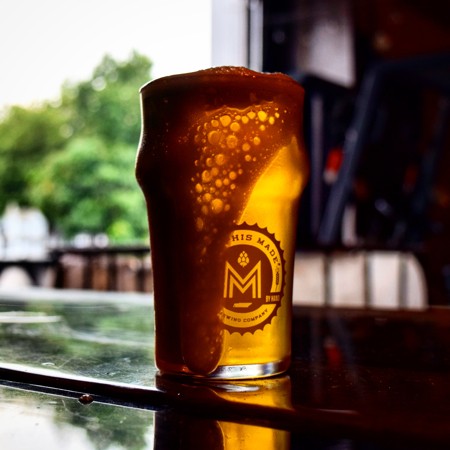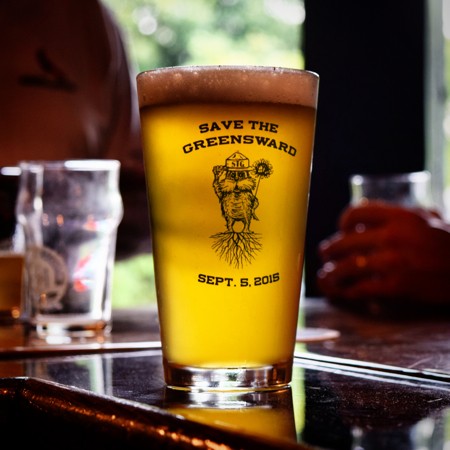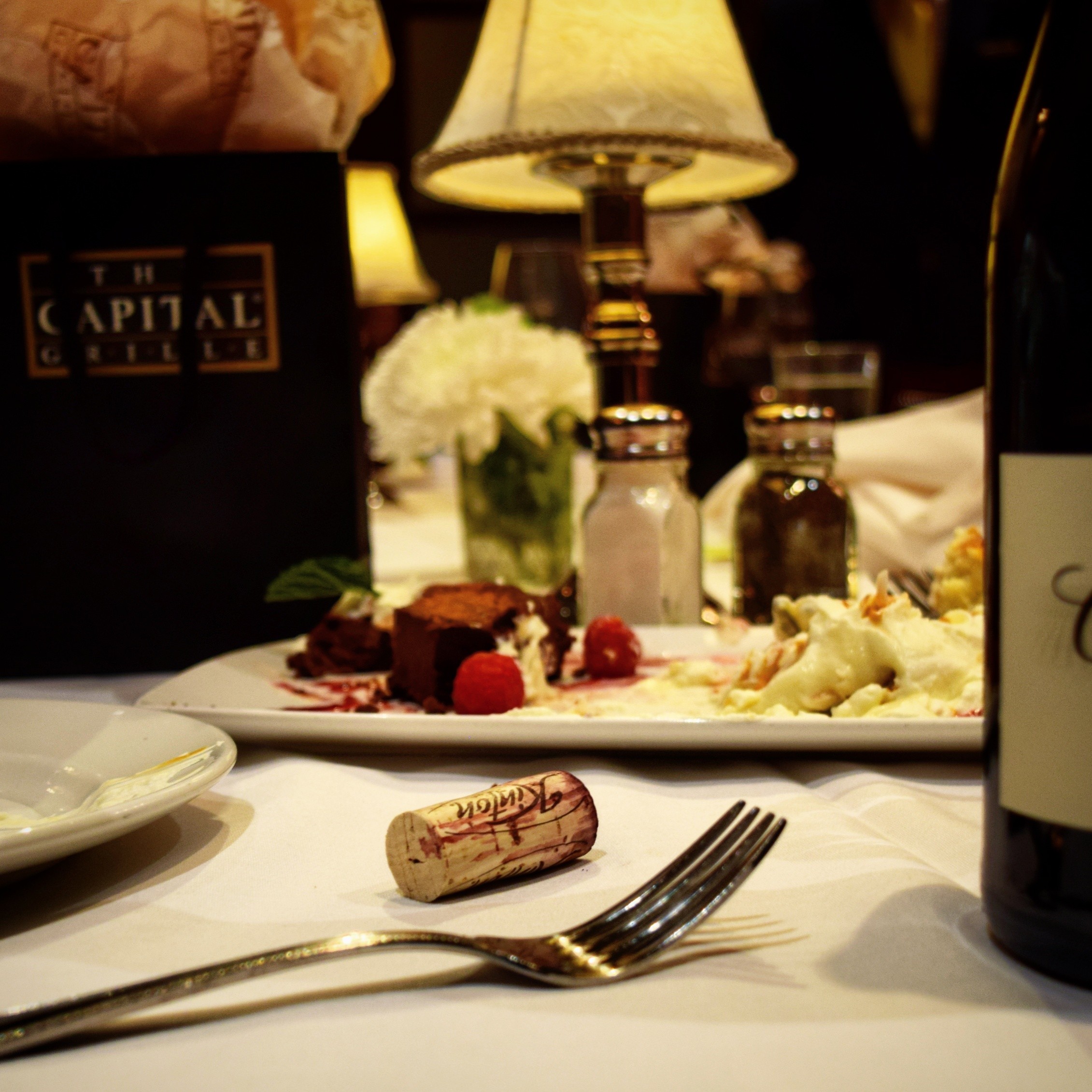Some men wear their hearts on their sleeves. Mike Miller wears his underneath. When he rolls up the sleeves of his blue seersucker oxford, he reveals a full-color tattoo that covers most of his right arm: a bald eagle wreathed in a billowing American flag, its talons clutching a scroll that reads, “In God We Trust.”
“I consider myself a patriot,” he confesses. “My country’s very important to me. I want to celebrate our culture, but also our culinary history.”
Since 2005, Miller has been the owner and GM at Patrick’s, a home-cooking restaurant on Park. Now he has he opened a new restaurant, Heritage Tavern & Kitchen, in the Regalia Shopping Center in East Memphis. The idea is to celebrate American heritage by cooking affordable dishes from several different parts of the country.
From the Northeast, there are clam chowder and lobster rolls. From the Southwest, there are carnitas tamales and shrimp-stuffed jalapeños. Want to know where the zucchini fries come from? Heritage makes it easy — the menu is overlaid on a map of the United States, each dish appearing over its home region.
 Justin Fox Burks
Justin Fox Burks
Alder Smoked Salmon dish
The portions are big, and the food is hearty, stick-to-your-ribs kind of stuff. Maybe my favorite was the Alder Smoked Salmon ($19). Quite often, restaurants overdo the smoke flavor in smoked fish, so it ends up tasting like a campfire log. But Heritage does it right — the alder wood doesn’t take over, which allows the rich flavor of the salmon to speak for itself. Also recommended: the Lobster Roll ($19) and the Deviled Eggs ($6), served with yummy candied bacon.
 Justin Fox Burks
Justin Fox Burks
The food works well in the space: a bright-white, vaulted room that reminded me of an old parish church in New England. There are barn doors, sepia photographs, and an array of American flags, old and new. The most interesting, based on a political cartoon by Benjamin Franklin, features a snake chopped up into bits, with the caption “Join or Die.”
I guess I’ll join? In any case, the décor seems to connect with diners, who had crowded the lunch service on a recent Monday. Miller says it’s not about kitsch. He’s paying homage to the country that has given him such opportunities. He’s been in the restaurant business since age 14, when he started as a dishwasher. Now he owns his own place.
“The idea that we, as Americans, can go out and make things for ourselves,” Miller reflects, “and reap the rewards of that labor — I think that makes us unique among all the countries of the world. I think it’s a beautiful experiment.”
When it comes to burger joints … how do I say this? You don’t want a bunch of skinny guys running them. Fortunately for you, Barron Brown ain’t skinny. For 16 years, he’s been the area director of TJ Mulligan’s, the same guys who brought you LBOE in Overton Square. Last year, Brown’s team took fourth place at Best Memphis Burger Fest, and honestly? He’s still a little sore about it.
“We probably could have took first,” he opines, “but there was some confusion about when the judging was. That burger must have sat out for about 30 minutes before they tasted it.”
Brown is the general manager of Mac’s Burgers, which recently opened near Target on Colonial. It occupies the front room of Dan McGuinness Irish Pub and has the same owners. So why the switcheroo? Brown says this new concept reflects a shift in consumer tastes: Irish food is out, gourmet burgers are in.
I can’t really speak to consumer tastes, but my own taste buds are definitely happy about the change. When it comes to burgers, Brown and his buddies from Mulligan’s and LBOE are the best in town.
Take the Burning Love ($9.50). Now I’m gonna tell you what’s on it, and it’s gonna sound weird. But trust me — it’s really freaking good. Grilled jalapeños, red and green peppers, onions, pepper jack cheese, reaper hot sauce, garlic cream cheese, and a fresh-ground, grass-fed beef patty from Charlie’s Meat Market.
From the fat guy’s lips to God’s ears.
Mac’s other specialty is gourmet mac and cheese, of which they offer no fewer than 12 varieties. Order The Trio ($12.95), which allows you to sample three different kinds, and definitely include the Mushroom Mac in your lineup. The goat cheese and scallions set it off very nicely.
 John Klyce Minervini
John Klyce Minervini  John Klyce Minervini
John Klyce Minervini  John Klyce Minervini
John Klyce Minervini  John Klyce Minervini
John Klyce Minervini  Cara Greenstein
Cara Greenstein  John Klyce Minervini
John Klyce Minervini  John Klyce MInervini
John Klyce MInervini  Justin Fox Burks
Justin Fox Burks  Justin Fox Burks
Justin Fox Burks  Justin Fox Burks
Justin Fox Burks  Justin Fox Burks
Justin Fox Burks  Justin Fox Burks
Justin Fox Burks  Justin Fox Burks
Justin Fox Burks  Justin Fox Burks
Justin Fox Burks  Justin Fox Burks
Justin Fox Burks